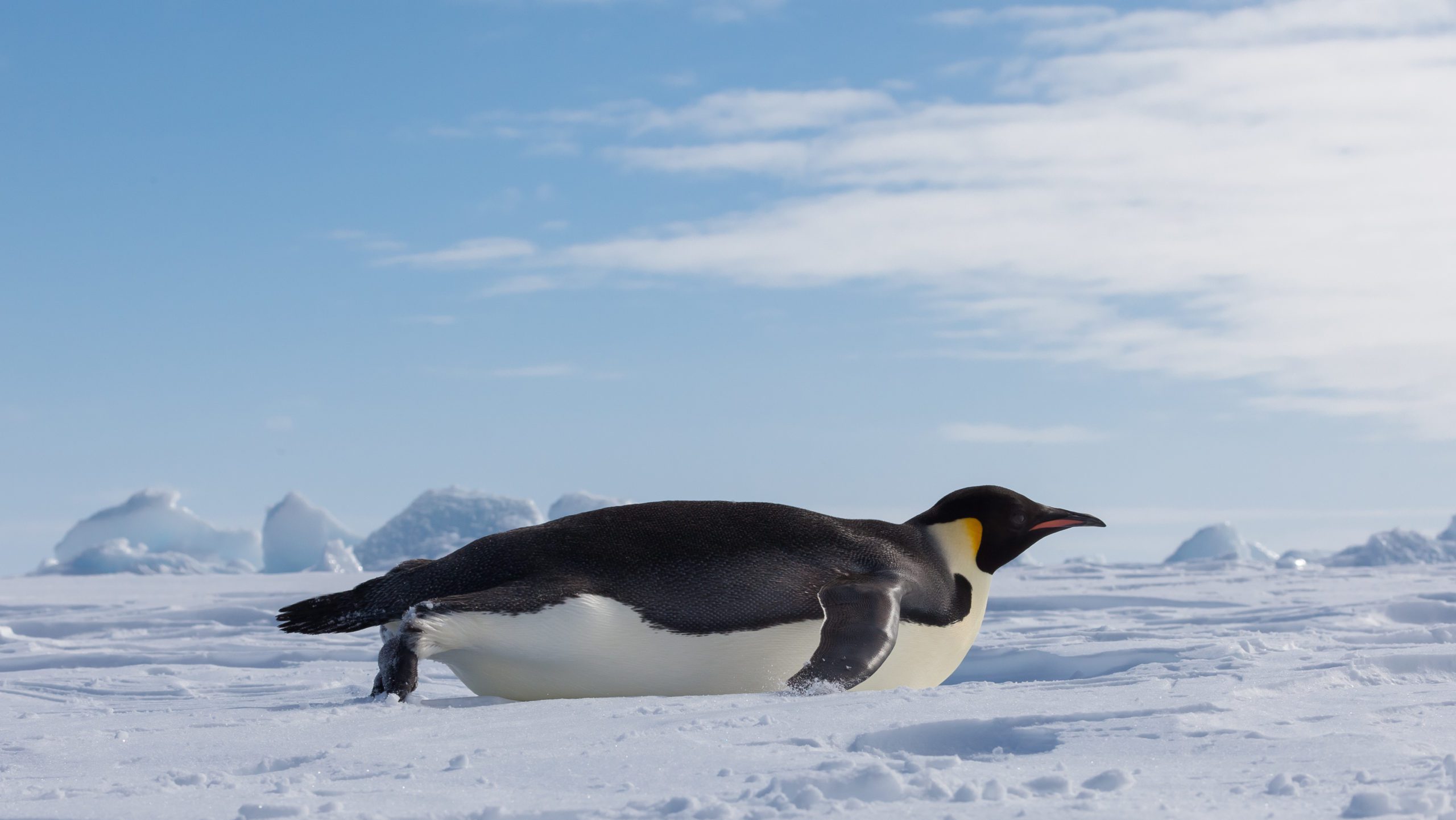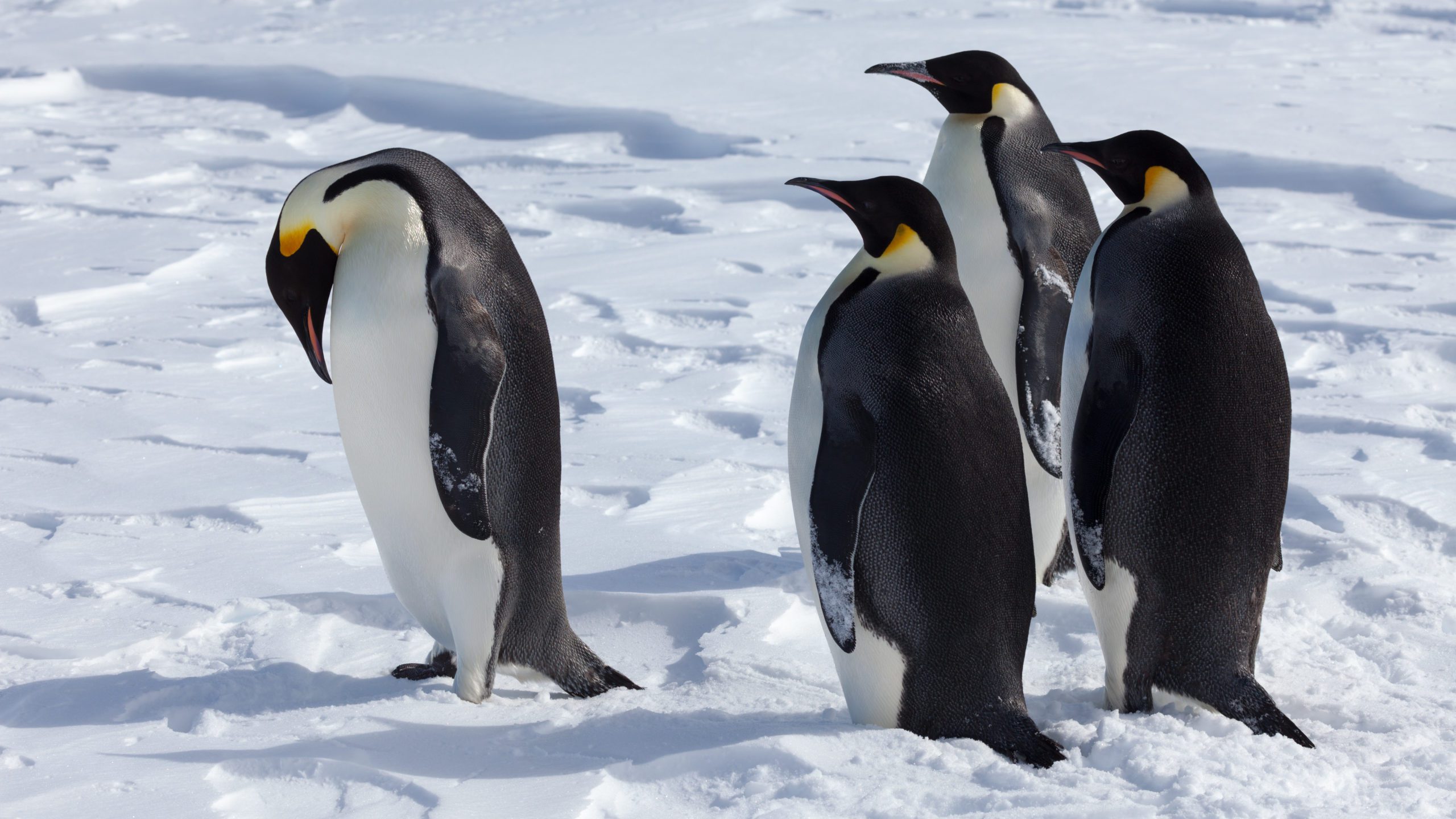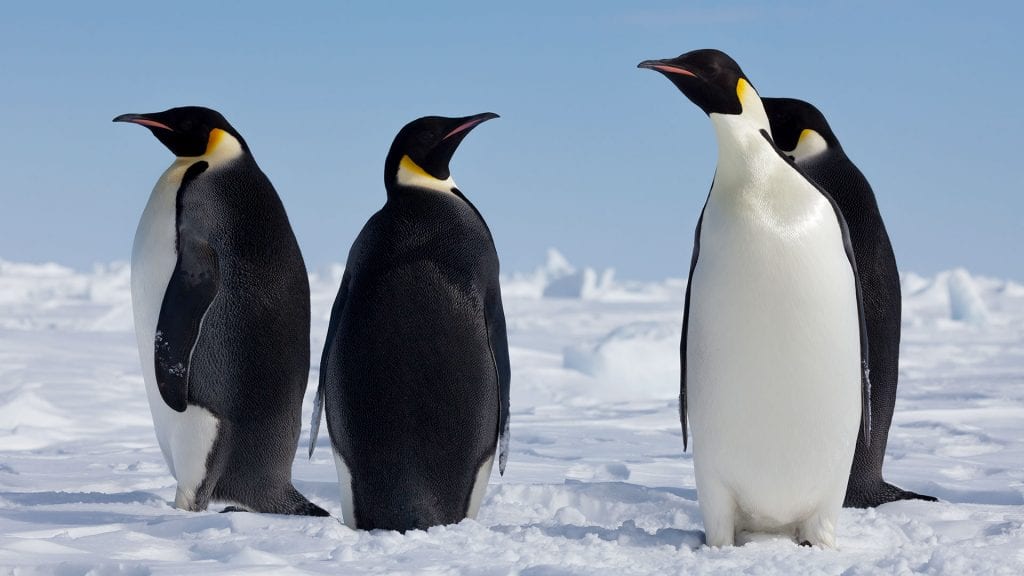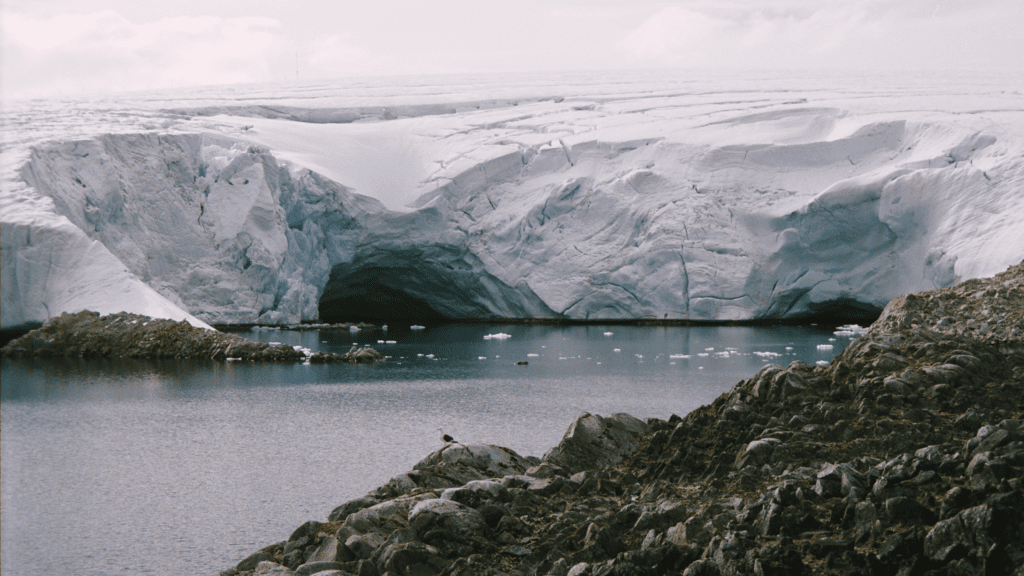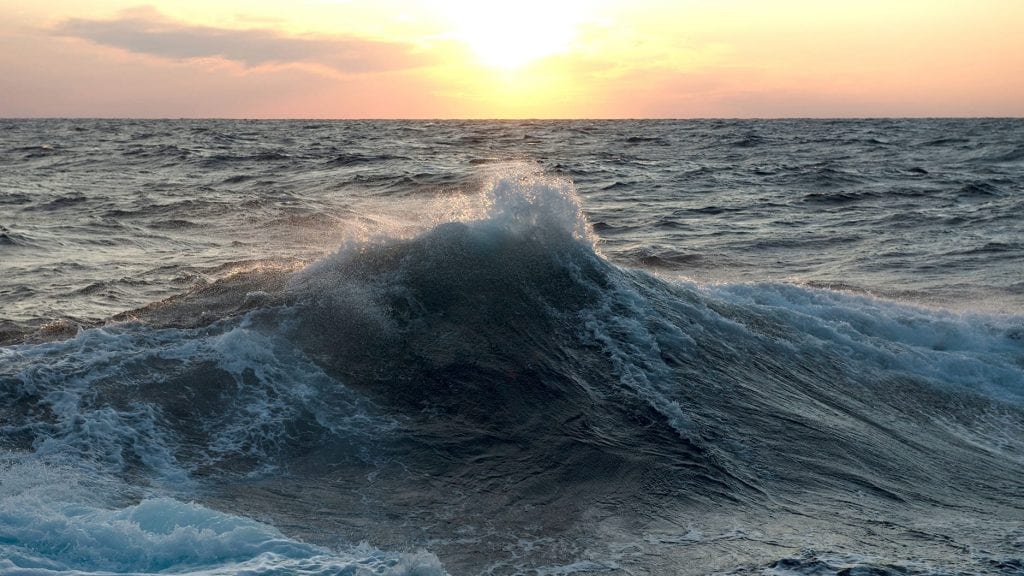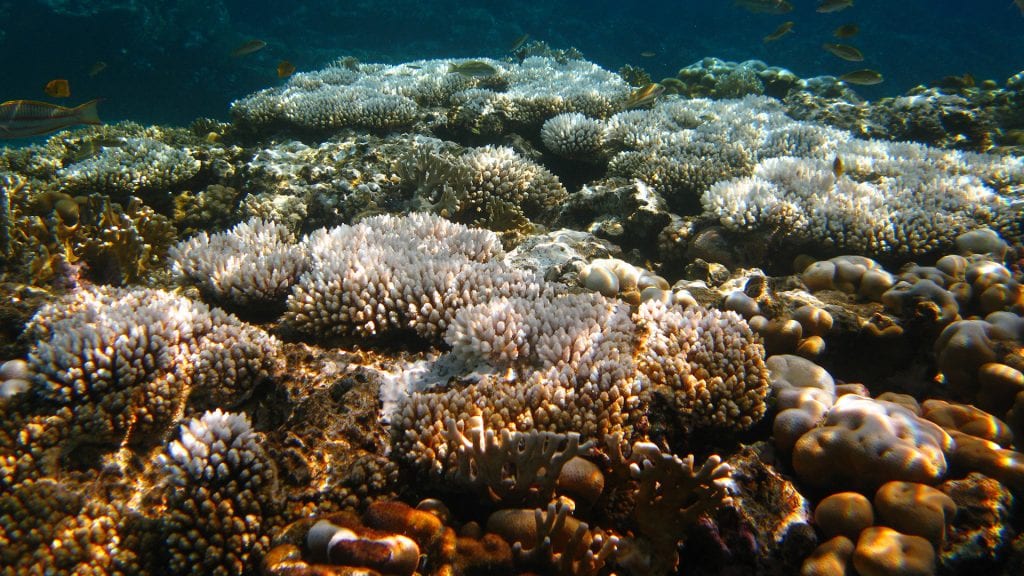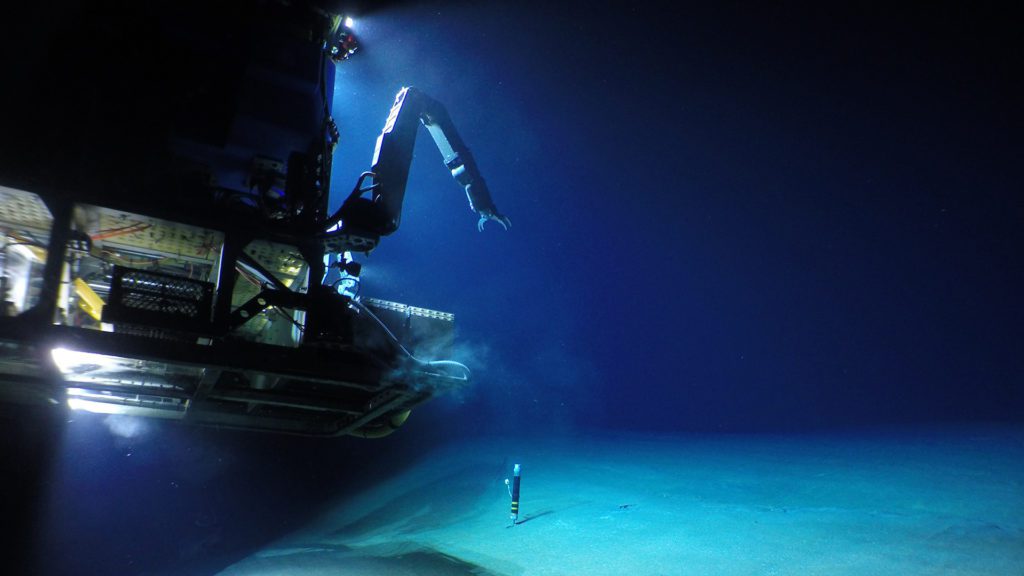If you live in a place where it gets cold in winter, you’ve probably gone sledding or tobogganing. It’s a quick way to get around—sliding over snow and ice is much faster than walking. People aren’t the only ones to do this. Emperor penguins slide around on their bellies or “toboggan” when they’re on the move in Antarctica.
Emperor penguins spend much of their time hunting for food in the Southern Ocean, but when they haul out, it is always onto ice. They often rest on pieces of floating sea ice before heading back to the water. But when it comes time to lay eggs and raise their young, they journey over the land-fast sea ice, away from the sea. Brooding colonies can be as far as 75 miles (120 kilometers) from open water. These colonies aren’t on land. Emperor penguins breed on fast ice—the sea ice frozen to the shelf of ice that extends out from the Antarctic continent. Here the colony is on a stable platform for breeding and safe from predators.
Traveling such a long way over uneven ice and snow is hard work for anyone. But it’s much more challenging for an animal that tops out at four feet (1.2 meters) tall. Factor in a penguin’s short legs, and the trek becomes even more difficult. That’s where tobogganing comes in.
Because they live in a frigid environment and spend much of their time in the water, emperor penguins have a dense coat of insulating feathers. They rub oil from a gland near the tail over the outer layer of feathers to waterproof them. And they spend hours each day preening—aligning the feathers to create a smooth, protective outer surface. The feathers and oil provide another benefit: They reduce friction, so when a bird lays on its belly, it slides easily over ice and snow.
Penguins use their flippers and feet to move across the landscape. Flippers are mainly used for steering, but when the birds move through soft snow, they also use their flippers to move forward. Small cracks in the ice are easy to toboggan across, but large ones can be an issue. These crevasses force the penguins to stand. They walk along the crack until they find a place where they can cross, then flop onto their bellies to continue once again. Good crossing locations often occur where two pieces of ice have collided, creating a ridge. To climb the ridge, a penguin will lay on its belly, anchor itself with its beak to prevent back-sliding, and scrabble up and over the top. Once over the ridge, the bird zips down the other side.
Sometimes penguins will walk even when tobogganing is easier. This often happens when nearby penguins are walking. Emperor penguins are herd animals, so they tend to follow the crowd. But tobogganing saves these birds a great deal of energy, so they can put it toward keeping warm instead.
LEARN MORE
Emperor Penguins
The emperor penguin is the largest living penguin species standing around 115 centimeters tall. Once they have found a partner, they work together to keep their young fed and safe.
Davenport, J. & V. Bels. Quadrupedal terrestrial locomotion in emperor penguins (Aptenodytes forsteri). Journal of Natural History. Vol. 57. 2023. doi: 10.1080/00222933.2023.2282623.
Watanabe, S. et al. Activity time budget during foraging trips of emperor penguins. PLOS One. Vol. 7. 2012. doi: 10.1371/journal/pone.0050357.
Zitterbart, Dan. Personal communication.
DIVE INTO MORE OCEAN FACTS
How do glaciers affect sea level rise?
Sea levels have risen and fallen throughout geologic history due to a myriad of natural processes, most notably the forming and melting of glaciers.
What causes ocean waves?
A trip to the ocean means sun, wind, and waves. Surfers ride them. Children play in them. Swimmers dive beneath them. But what causes waves?
Why do corals bleach?
Corals have a symbiotic relationship with algae. The algae gives corals their color and provides them with food. In return, corals provide the algae with a place to live.
How do ocean robots take the pressure?
Find out how engineers build robots to withstand the crushing pressures of the deep sea

